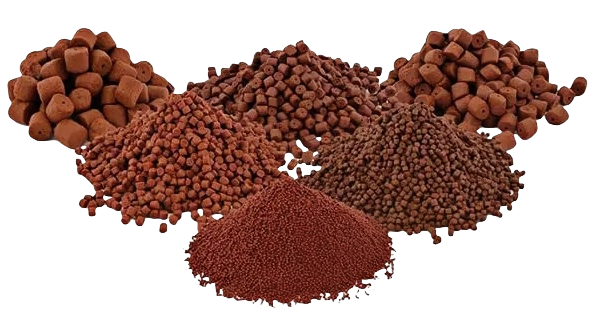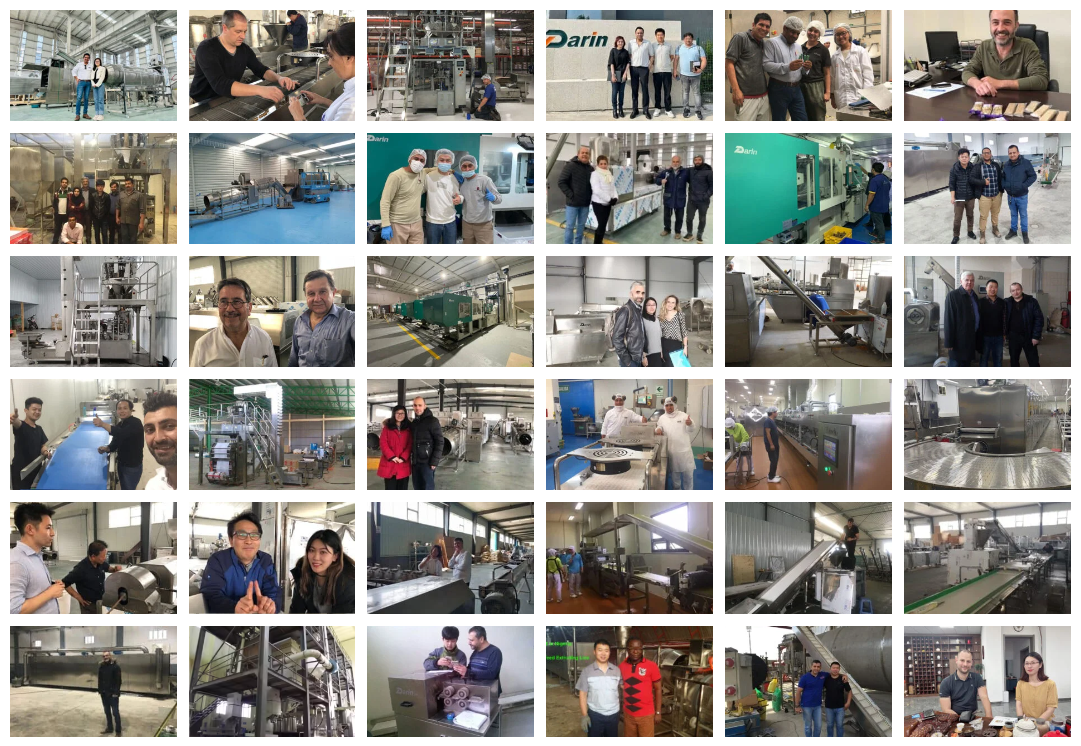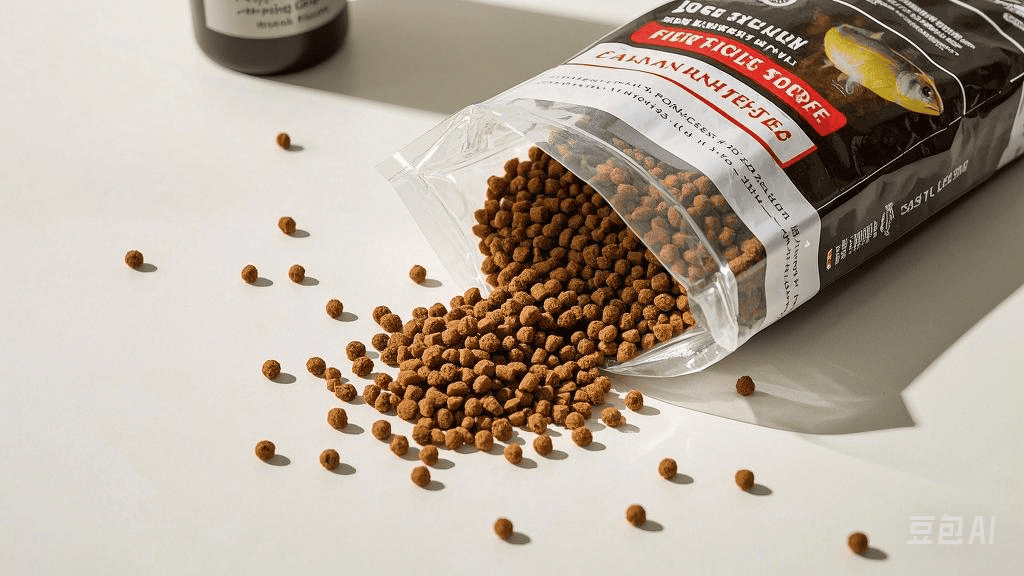

Investing in a fish feed pellet machine can be a game-changer for aquaculture farms, feed processing businesses, and aquatic feed startups. However, without proper evaluation, buyers risk choosing machines that underperform, waste raw materials, or drive up operational costs. Some buyers focus too much on upfront cost while ignoring vital aspects like feed uniformity, energy efficiency, or extruder type. The wrong choice can lead to production inconsistencies, nutrient degradation in pellets, and even equipment failure. But by understanding the key decision-making factors—capacity, extrusion type, die configuration, ingredient compatibility, automation, and after-sales service—you can ensure a high-performing, cost-effective machine tailored to your business needs.
When choosing a fish feed pellet machine, you must evaluate several critical factors including production capacity, pellet size flexibility, raw material compatibility, extrusion method (wet or dry type), automation level, energy consumption, machine durability, ease of cleaning and maintenance, as well as the availability of technical support and spare parts. These aspects collectively determine the feed quality, machine lifespan, production efficiency, and total cost of ownership.
Choosing the right machine is not just about buying a product—it's about securing your feed production's future efficiency, quality, and profitability. Read on to explore technical details, data comparisons, and real-world use cases that will empower you to make the right investment decision for your fish feed production goals.
Pellet size is fixed in fish feed pellet machines and cannot be adjusted.Falso
Modern fish feed pellet machines allow pellet diameter and length adjustments by changing dies and controlling knife speeds.
Key Factors to Consider Before Purchasing a Fish Feed Pellet Machine
1. Capacidade de produção e escalabilidade
Choosing a machine with appropriate output is the cornerstone of your investment decision. Production capacity should align with your current feed demand but also allow scalability as your operation expands.
| Production Capacity Range | Suitable Application | Produção (kg/h) |
|---|---|---|
| Pequena escala | Research labs, small farms, test batches | 30–500 |
| Média escala | Commercial aquaculture farms | 500–2,000 |
| Em larga escala | Feed factories and industrial operations | 2,000–10,000+ |
- Assess daily feed requirements and match machine runtime to desired throughput.
- Consider modular designs or multiple units for flexibility during maintenance or demand surges.
2. Extrusion Type: Dry vs. Wet Extruder
Both extrusion methods impact pellet texture, nutrient retention, and energy usage.
| Extrusion Type | Caraterísticas | Prós | Contras |
|---|---|---|---|
| Dry Type | Uses mechanical friction and compression | Low cost, easy to operate, compact footprint | Less control over gelatinization, lower oil incorporation |
| Wet Type | Incorporates steam pre-conditioning and moisture | Higher pellet quality, better digestibility, improved floatability | Higher cost, requires boiler, more complex maintenance |
- Dry type suits low-fat, simple formulations or smaller producers.
- Wet type is ideal for high-protein, floating fish feed or commercial-scale production.
3. Pellet Size and Die Configuration
Pellet size must match the target species and growth stage (fry, juvenile, adult). A good machine should offer die interchangeability and pellet length control.
| Fish Type | Growth Stage | Pellet Diameter (mm) |
|---|---|---|
| Tilapia, Carp | Fry | 0.8–1.2 |
| Catfish, Trout | Juvenile | 1.5–2.5 |
| Sea Bass, Grouper | Adulto | 3.0–6.0 |
- Choose machines that allow quick die replacement.
- Knife speed should be adjustable to control pellet length and uniformity.
4. Ingredient Compatibility and Feed Formulation Flexibility
Your fish feed formulation may include a mix of proteins (fish meal, soybean), binders, oils, and micronutrients. The machine should accommodate diverse feed compositions without clogging, residue build-up, or excessive wear.
- Machines with twin-screw design handle complex recipes with better mixing and shear.
- Check tolerance for ingredients with high oil or fiber content.
- Ask for a demo using your own formulation before purchasing.
5. Energy Efficiency and Power Source Requirements
Energy consumption greatly affects long-term operational cost. Compare energy usage per kilogram of output and confirm local power compatibility.
| Tipo de máquina | Average Power Consumption | Notas |
|---|---|---|
| Dry Type | 25–60 kWh/ton | Lower energy demand overall |
| Wet Type | 50–90 kWh/ton | Additional steam boiler load |
- Confirmar voltage and frequency match local grid (e.g., 380V/50Hz or 220V/60Hz).
- Prioritize machines with inverter controls and power-saving drives.
6. Automation and Control System
Modern pellet machines come with smart control panels, PLC systems, and real-time monitoring of temperature, pressure, and feed rate.
- PLC + touchscreen HMI enhances usability and reduces operator error.
- Check if parameter memory is available to save recipes.
- Automation improves pellet consistency, safety, and batch reproducibility.
7. Durability, Build Quality, and Maintenance
Your machine will endure mechanical stress, heat, and feed abrasion. A durable frame, high-strength screws, and corrosion-resistant surfaces are essential.
| Componente | Preferred Material | Benefício |
|---|---|---|
| Screw & barrel | Alloy steel, nitrided | Wear-resistant, long lifespan |
| Frame structure | Stainless steel or carbon steel | Robust, rust-resistant |
| Die & cutter | Hardened steel | Precise cutting, slow wear |
- Easy disassembly and clean-in-place (CIP) features save labor.
- Avoid machines with complex joints that trap feed residue.
8. After-Sales Service, Spare Parts, and Training
Even the best machine requires support. Ensure the supplier offers:
- Spare parts availability (dies, screws, cutters, seals)
- Remote or on-site training
- Clear documentation (operation manual, troubleshooting guide)
- Warranty and technical hotline
Working with reputable suppliers like Máquinas Darin ensures continuous support for overseas clients.
Once installed, fish feed pellet machines require minimal maintenance.Falso
Regular cleaning, lubrication, and part inspection are critical to prevent failures and ensure consistent pellet output.
Example Use Case: Medium-Scale Aquaculture Farm in Southeast Asia
A shrimp farm with a daily feed demand of 1,200 kg selected a wet-type twin-screw extruder from Darin Machinery, configured with 2.0–3.0 mm die sets. The machine features:
- Auto steam injection with real-time temp monitoring
- Floating pellet output with 95% uniformity
- Energy consumption: 60 kWh/ton, cut by 18% using inverter motors
- Local voltage adaptation: 415V/50Hz, 3-phase
- PLC control with 10 preset recipe slots
The result: improved shrimp growth rates, reduced feed waste, and a 16-month ROI.
Summary Table: Buyer’s Checklist
| Fator | Ideal Requirement |
|---|---|
| Capacidade | Matches current and future output needs |
| Extrusion Type | Based on feed quality and formula complexity |
| Pellet Size Flexibility | Adjustable dies and cutter speed |
| Compatibilidade de ingredientes | Handles high oil, fiber, or novel ingredients |
| Eficiência energética | Low kWh/ton, compatible with local power |
| Automatização | PLC, HMI, data logging, auto controls |
| Durability | High-grade steel, easy to maintain |
| Apoio | Spare parts, manuals, training, warranty |
Considerações finais
A fish feed pellet machine is more than a piece of hardware—it is the foundation of your feed strategy and aquatic animal performance. The right machine ensures optimal feed conversion ratio (FCR), reduces losses, and supports a sustainable, profitable aquaculture operation. As a manufacturer and supplier, Máquinas Darin recommends buyers conduct a feed trial, review equipment specs in detail, and ask for technical support options before committing.
Need Help Selecting the Right Fish Feed Machine?
Whether you’re launching a new aquatic feed line or scaling up production, Máquinas Darin provides tailored solutions, expert guidance, and reliable machinery that meet global standards.
👉 Contact Darin Machinery now to get personalized recommendations, factory pricing, and turnkey support for your fish feed pellet project.











